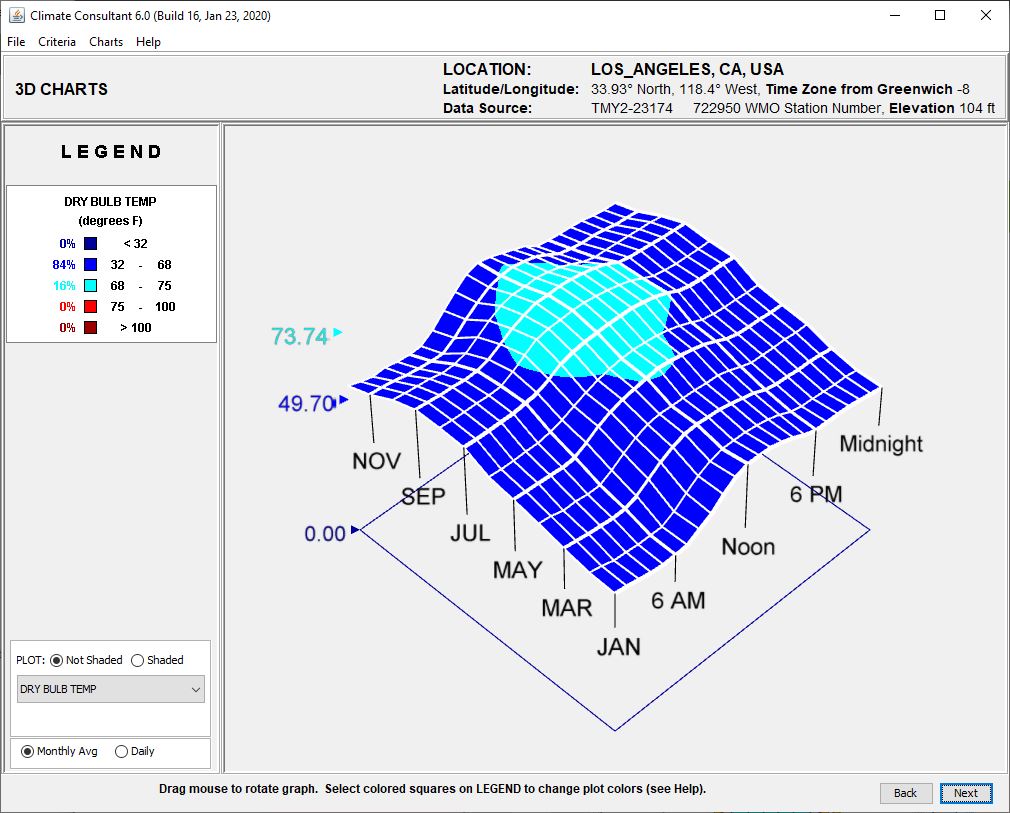Climate change is a worldwide problem that affects all of us. Architects, builders, contractors, homeowners, and students alike are increasingly concerned about how to create more energy-efficient, sustainable buildings that are well-adapted to local climate conditions. This is where a Climate Consultant comes in. In this guide we will explain all about your search query.
What is a Climate Consultant?
Climate Consultant is a user-friendly computer program that utilizes graphical representations to help individuals comprehend their local climate. By using free annual EPW format climate data from the Department of Energy, which is available for thousands of weather stations globally, Climate Consultant transforms the raw climate data into numerous informative graphic displays.

What is The Goal of a Climate Consultant?
The aim of Climate Consultant is not only to display climate data but to present this information in easily understandable ways that illustrate the nuances of climate and its effects on constructed environments. The goal is to assist users in designing more energy-efficient and sustainable structures that are customized to their location on the planet.
Features of Climate Consultant
One of Climate Consultant’s more advanced features is the Psychrometric Chart, which shows the temperature and humidity of each of the 8760 hours per annum with individual dots. Specific zones on this chart correspond to different Design Strategies, and the percentage of hours that fall into each of the 16 zones provides a relative indication of the most effective passive heating or cooling techniques.
Climate Consultant analyzes the psychrometric data distribution in each Design Strategy zone to produce a distinctive set of Design Guidelines for a specific location. These guidelines aid users in designing buildings that are ideally suited to their specific climate conditions.
For example, in a hot and humid climate, the Design Guidelines may recommend using a shaded courtyard or a breezeway to increase ventilation and reduce the need for air conditioning. In a cold and dry climate, the guidelines may recommend using a Trombe wall or a passive solar collector to increase solar gain and reduce the need for heating.
In addition to the Psychrometric Chart, Climate Consultant provides a range of other graphic displays that help users understand their local climate. For example, the Radiation Chart shows the amount of solar radiation that falls on a horizontal surface at different times of the year. The Wind Rose shows the direction and speed of prevailing winds at different times of the year.
The Climate Consultant program also includes a variety of built-in climate data tools that allow users to explore and analyze their local climate data in different ways. These tools include a Climate Summary report, which provides a comprehensive overview of the climate data for a particular location. There is also a Climate Comparison tool, which allows users to compare the climate data for two different locations side-by-side.
Read More: What Is Best Climate For Lupus Sufferers? (Tips & Treatments)
The Bottom Line
Overall, Climate Consultant is a powerful tool that helps users understand their local climate and design buildings that are well-adapted to these conditions. It is a valuable resource for architects, builders, contractors, homeowners, and students who are interested in creating more energy-efficient, sustainable buildings. By using Climate Consultant, users can make informed decisions about building design and construction that are based on sound climate data and analysis.






